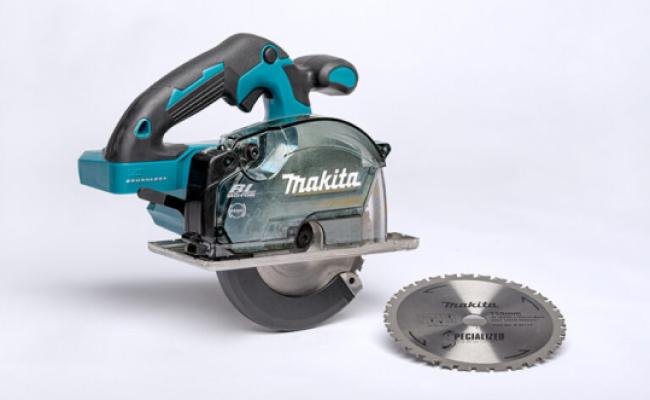Warning
Please be advised this website is for internal review purposes only and is not to be distributed until advised.
Please be advised this website is for internal review purposes only and is not to be distributed until advised.
Work health safety legislation and compliance apply at all times when constructing with steel. The following table outlines specific safety considerations when working with LGS framing and components. These need to be taken into account and managed prior to working with LGS framing, when conducting a site/job risk assessment and preparing Safe Work Method Statement (SWMS).
| Work Activity/Environment/Source | Hazard | Control Measures |
|---|---|---|
| LGS - thin sheet steel | Sharp unrolled edges | Most component parts have rolled edges. For sections without a rolled edge:
|
| Cutting and drilling | Metal shavings and swarf, burns and sharp edges |
|
| Hot parts after grinding or cutting | Burns, hot fly |
|
| Handling of long steel lengths | Contact with overhead power lines, gantry |
|
| User of power tools | Noise |
|
| Angle grinder | Rotating blade/cutting disc |
|
A safe work method statement/s (SWMS) for light gauge steel should be prepared in accordance with the Safe Work Australia, Construction Work, Code of Practice requirements before any site work commences and for all construction sites.
Completed steel framing (in any class of building) must be earthed by a qualified electrician as specified in AS/NZS 3000 Wiring Rules.
Minimum PPE requirements are set out in state government legislation (worker health and safety) and principal contractor site requirements. There are a number of additional “best practice” recommendations when working with steel.
Suitable personal protective equipment (PPE) must be worn when working with LGS. A risk assessment should be conducted prior to working with LGS to identify risk hazards and determine the level of PPE required.
Standard required PPE include:


This glove displays a rating of 4331B under EN388 where –
4 = abrasion (min 1, max 4)
3 = cut (min 1, max 5)
3 = tear (min 1, max 4)
1 = puncture (min 1, max 4)
B = cut ISO13997 (min A, max F)
Impact = P (Pass) or No Rating
EN 388 and AS/NZS 2161.3 refer to glove standards for protection against physical or mechanical risks such as abrasion, blades, punctures or tears. Gloves are commonly referred to by glove manufacturers based on cut rating. The cut resistance of a level 3 glove is usually referred to as safe for handling sheet metals. Always check the product labelling to ensure that your gloves meet Australian Standards and is suitable for use with LGS.
Finally, when handling steel frames, it is best to use hand over hand methods rather than sliding steel through your hands.

In this article, we look at a few common tools that make LGS installations both safer and more efficient